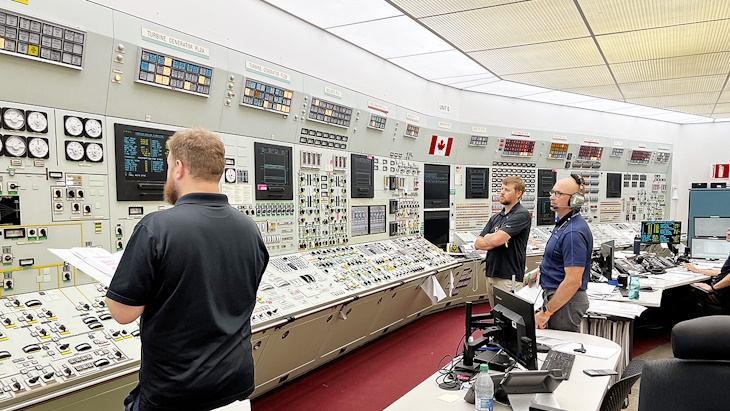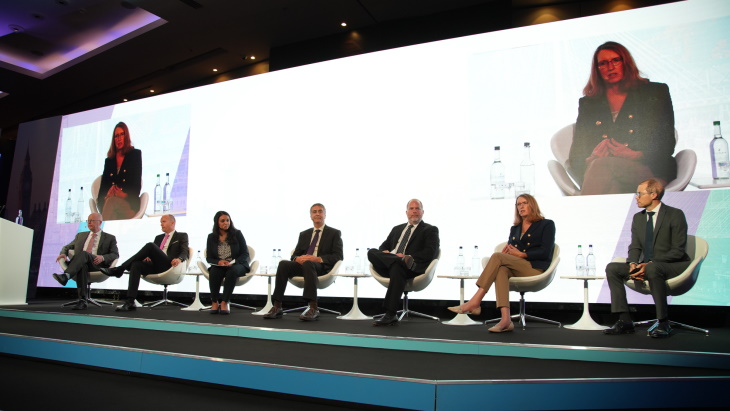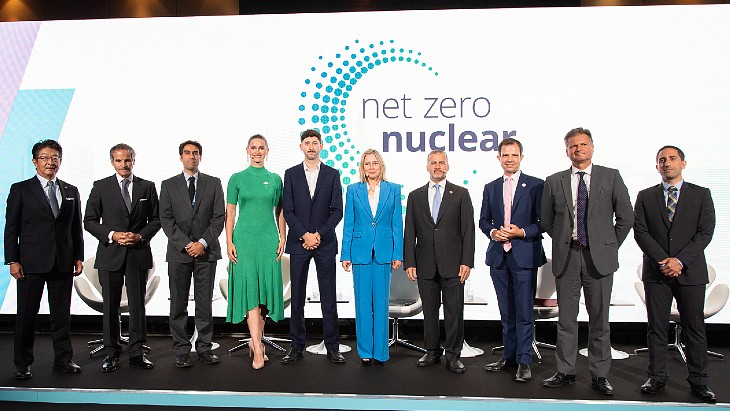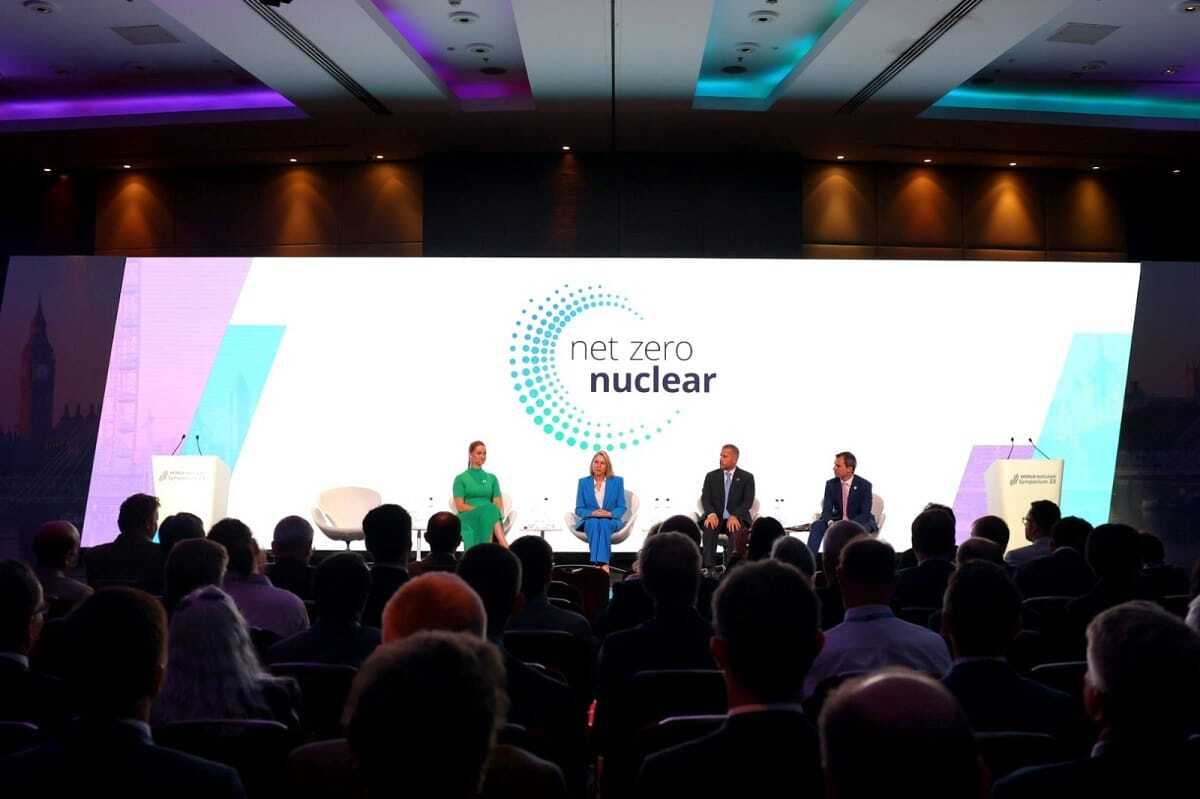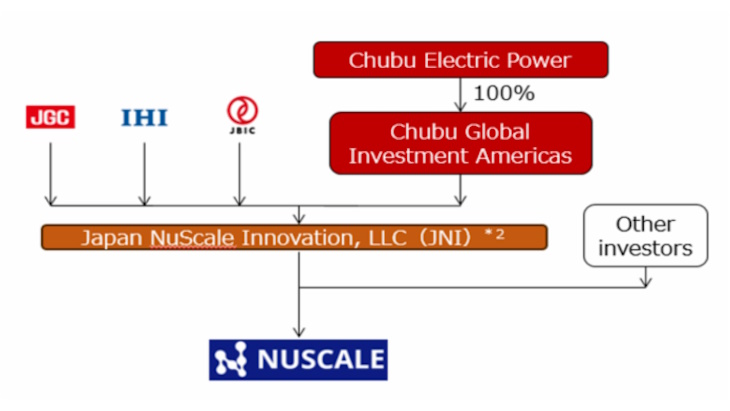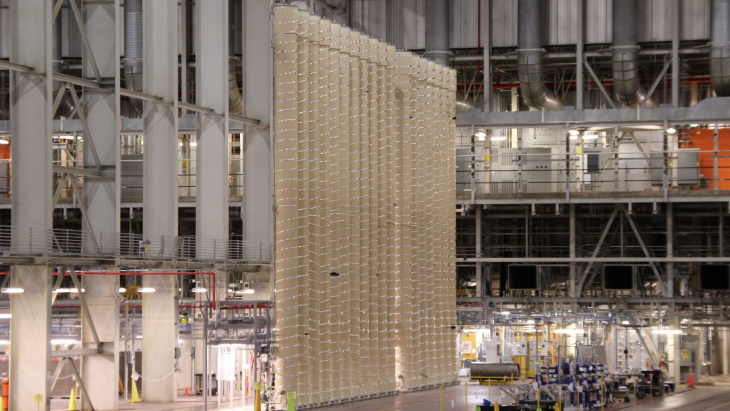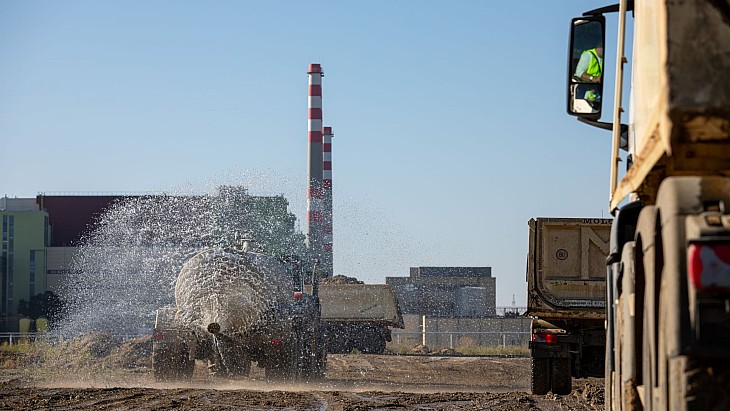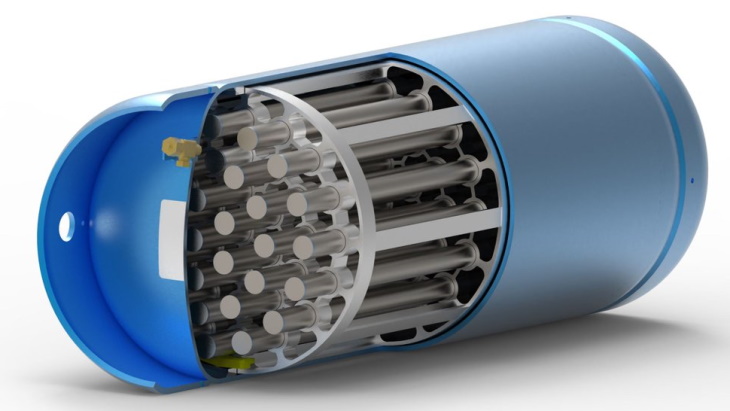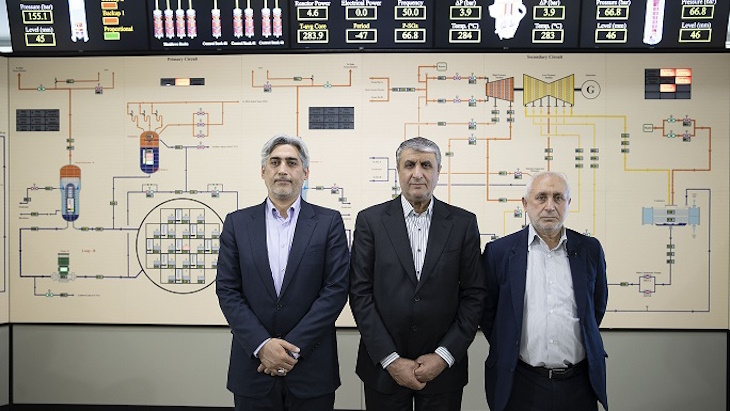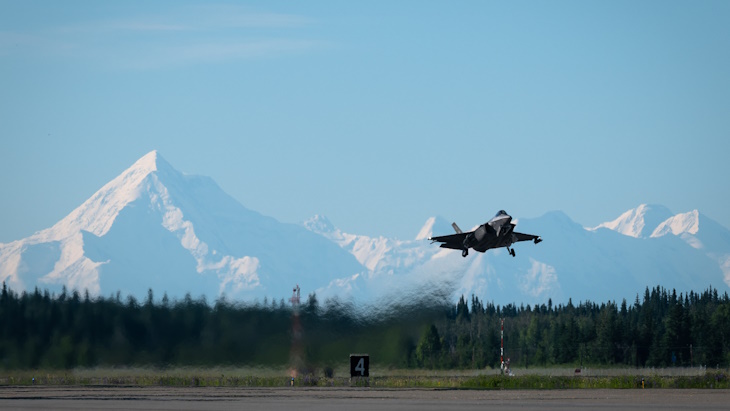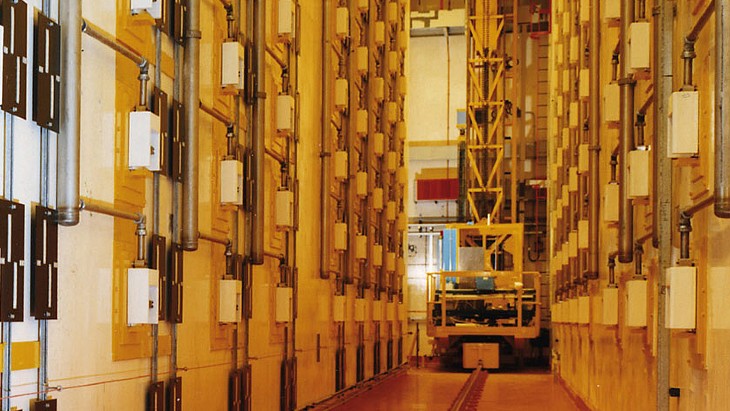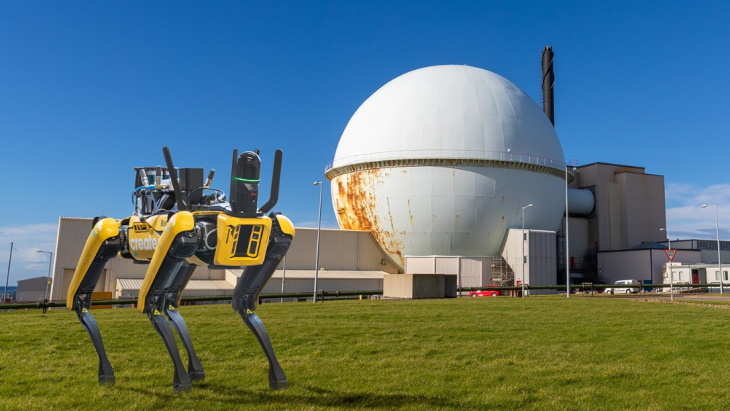Source: https://www.arabianbusiness.com/industries/energy/uae-joins-calls-to-triple-nuclear-capacity-by-2050
UAE supports Nuclear Net Zero campaign to achieve carbon neutrality by 2050.
The UAE has joined calls to triple nuclear capacity by 2050.
World Nuclear Association (WNA) and the Emirates Nuclear Energy Corporation (ENEC), with the support of the Atoms4NetZero initiative launched by the International Atomic Energy Agency (IAEA), has called for unprecedented collaboration between government, industry leaders and civil society to triple global nuclear capacity to achieve carbon neutrality by 2050.
The urgent call for rapid deployment of more nuclear technologies was made during the launch of “Net Zero Nuclear”; an initiative for action and advocacy for nuclear energy’s role in achieving global clean energy security, which was debuted during the opening of the World Nuclear Symposium taking place in London this week.
UAE Nuclear Net Zero support
Recent data modelling has shown that global nuclear energy capacity should at least triple by 2050 to achieve climate targets while still ensuring global energy security.
This would require the worldwide rate of deployment to average 40 GW per year, more than six times the rate of deployment over the past decade.
In the lead up to COP28, which will be hosted by the UAE in Dubai later this year, Net Zero Nuclear aims to bring together political leaders and industry to engage in data-driven, actionable, solutions-focused dialogue to enable the rapid expansion of the global nuclear fleet and the acceleration of research and development into emerging nuclear technologies.
The initiative will work to ensure nuclear energy’s potential is fully realised in facilitating the decarbonisation of global energy systems, by promoting the value of nuclear energy and removing barriers to its growth.
IAEA Director-General Rafael Mariano Grossi said: “Building on the efforts made during COP26 and COP27, nuclear energy will feature even more prominently at COP28.
“As more nations understand the role nuclear can play in achieving energy security and decarbonisation targets, global support for nuclear energy is growing.
“Analysts agree that globally we cannot achieve carbon neutrality without a rapid expansion of nuclear energy capacity. We welcome the important objectives of Net Zero Nuclear launched by the nuclear industry, which is in line with the Atoms4NetZero initiative launched by the IAEA and we will continue to provide technical support and cooperation to countries with existing nuclear power programmes and those considering embarking on them.”
Dr Sama Bilbao y León, Director General of the World Nuclear Association, said, “We cannot afford to underestimate the role nuclear energy must play in achieving Net Zero.
“Our world is in the midst of an energy crisis, and we continue to experience unprecedented climate-change-related weather extremes. The time for debating is over.
“Nuclear energy is a critical tool in securing future energy systems that are clean, resilient and secure.
“But scaling up nuclear energy capacity to at least three times its current size requires political will from energy leaders, along with mobilising quickly and efficiently the required financing.
“We have no time to lose in delivering a realistic, proven approach to the clean energy transition. Through Net Zero Nuclear, we hope to facilitate the action our industry needs to grow.”
Mohamed Ibrahim Al Hammadi, Managing Director and Chief Executive Officer of ENEC, which leads the UAE Peaceful Nuclear Energy Programme and its flagship Barakah Nuclear Energy Plant, said: “Nuclear energy is a key source of electricity for delivering Net Zero. It is the only source of dispatchable, low-carbon, climate-resilient energy we have available that can reliably produce vast amounts of clean electricity, day and night.
“It brings energy security, resilience, diversity and sustainability to an energy system. Beyond the grid, nuclear’s potential to enable the decarbonisation of heavy industry and transport sectors through heat, steam and hydrogen should provide even greater impetus to ensure nuclear’s growth is strongly supported through sound policy, access to finance and unprecedented collaboration.
“The UAE example has proven that nuclear energy can be a modern-day climate solution – delivering a transformational shift in the carbon intensity of power supply. In just over a decade, nuclear energy is producing a quarter of the nation’s energy needs.
“The UAE, as host of COP28, welcomes other nations coming to the UAE for COP28 to learn how the nation has rapidly decarbonized its power grid through the deployment of nuclear energy, offering a model for others looking for a proven route to reducing carbon emissions while boosting energy security.”
In the UAE, where the sun is abundant and where renewables have a major role to play in the energy mix, nuclear energy has delivered the largest decarbonisation of the nation’s history, with the Barakah Nuclear Energy Plant, which will generate 40 TWh annually once fully operational while preventing the release of over 22 million ton of carbon emissions, being the largest single source of clean electricity in the country.
“The UAE’s nuclear energy program is one of the most cost and time-efficient new nuclear builds in recent history.
Globally, nuclear energy has experienced a significant resurgence over the past two years, as nations rush to meet energy security and decarbonisation targets.
The industry has benefited from major policy announcements in different nations, including the UK, US, Canada, Japan, France and China, as well as growing inclusion in green financing mechanisms and a major uptick in private investment interest in nuclear energy technologies.

